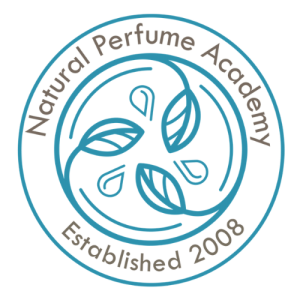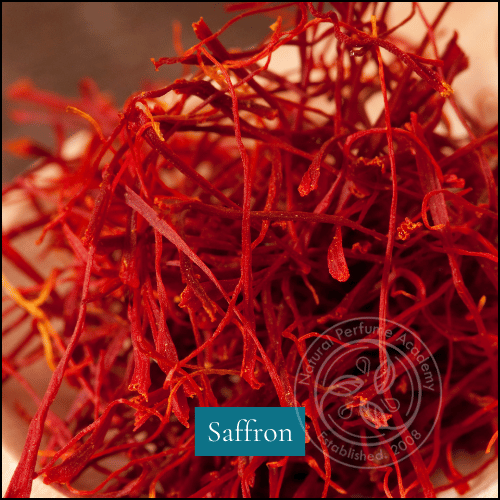Natural Perfume Academy Main Glossary

Welcome to the Natural Perfumery Glossary
The Natural Perfumery Glossary is a comprehensive public resource designed for all natural perfumers, whether you're a seasoned professional or just beginning your journey. This glossary serves as an educational tool, offering detailed definitions and insights into a wide range of natural perfume materials and terms.
Our entries cover various aspects crucial to the art and science of natural perfumery, including:
- Description and Characteristics: Detailed profiles of natural ingredients, including their origins, extraction methods, and unique olfactory qualities.
- Blending Suggestions: Insights into what other materials a particular ingredient pairs well with, helping you create harmonious and well-rounded compositions.
- Usage and Applications: Practical advice on how to incorporate each ingredient into your perfume creations.
- Safety and Regulatory Issues: Important information on the safe use of materials, including any relevant regulatory considerations.
At the Natural Perfume Academy, we are committed to fostering a deep understanding of natural perfumery through education and certification. Our glossary is a testament to this commitment, providing a valuable reference to support your ongoing learning and mastery of natural perfume making. Explore the glossary to enhance your knowledge and craft exquisite, all-natural fragrances with confidence.
Special | A | B | C | D | E | F | G | H | I | J | K | L | M | N | O | P | Q | R | S | T | U | V | W | X | Y | Z | ALL
S |
|---|
Sillage A term often used in perfumery to describe the trail of scent you leave behind you. The term is derived from the French language, and is defined as: wake, slipstream, or trail. | ||
Soluableraw materials (essential oils, resins, absolutes, concretes, etc.) which dissolve in a diluent (alcohol, solvent, oil, water, etc.) | ||
Solventsfluid materials used to dissolve and extract volatile elements of botanicals (water, alcohol, hexane, oil, etc.) | ||
SpicyNotes which are typically hot in character, such as clove, pepper and cinnamon. | ||
Styrax gum resin aka benzoinStyrax benzoin, Styrax tonkinensis, Styrax paralleloneurum Common Names: Benzoin, Gum Benjamin, Styrax Resin Description: Aroma Profile: Uses in Perfumery: Regions: Extraction Method: Goes Well With: Unique Characteristics: Descriptive Language CategoriesNote Family: Balsamic, Sweet, Resinous, Amber Texture: Syrupy, resinous, velvety Emotion: Comforting, grounding, nostalgic, devotional Analogy: Warm church pews in winter, spiced caramel, aged parchment with vanilla ink Cautions: | ||
Sweetcharacterized by taste utilizing essences such as vanilla, honey and warm balsamic notes | ||


